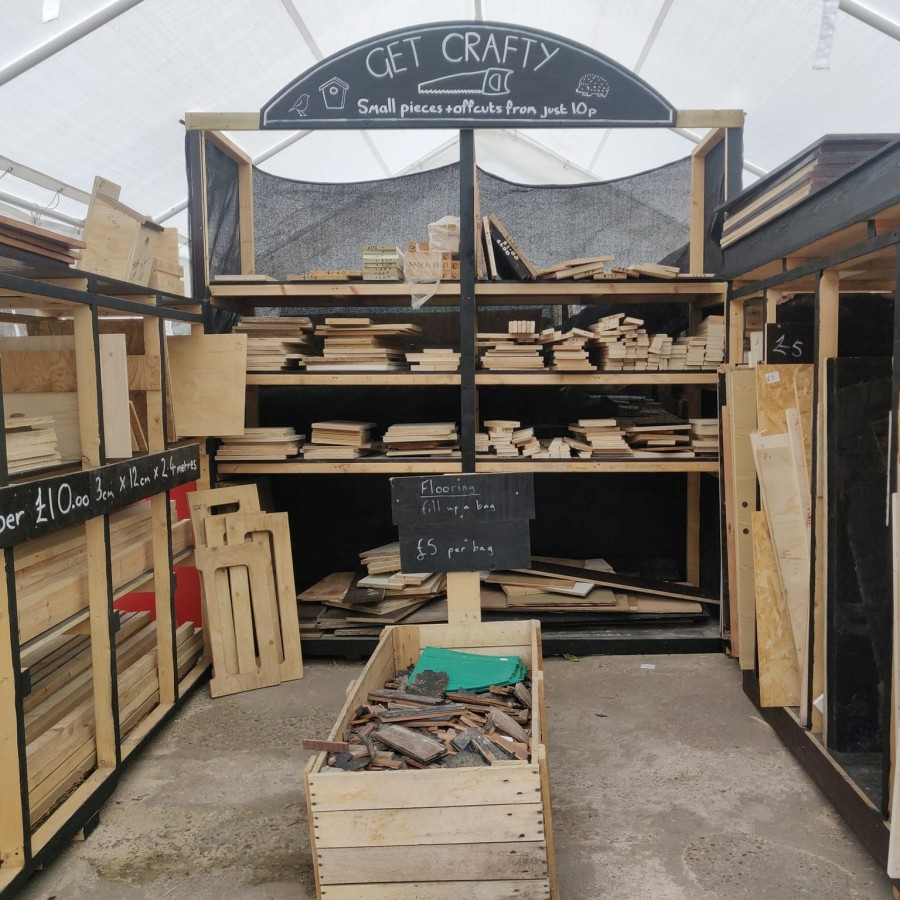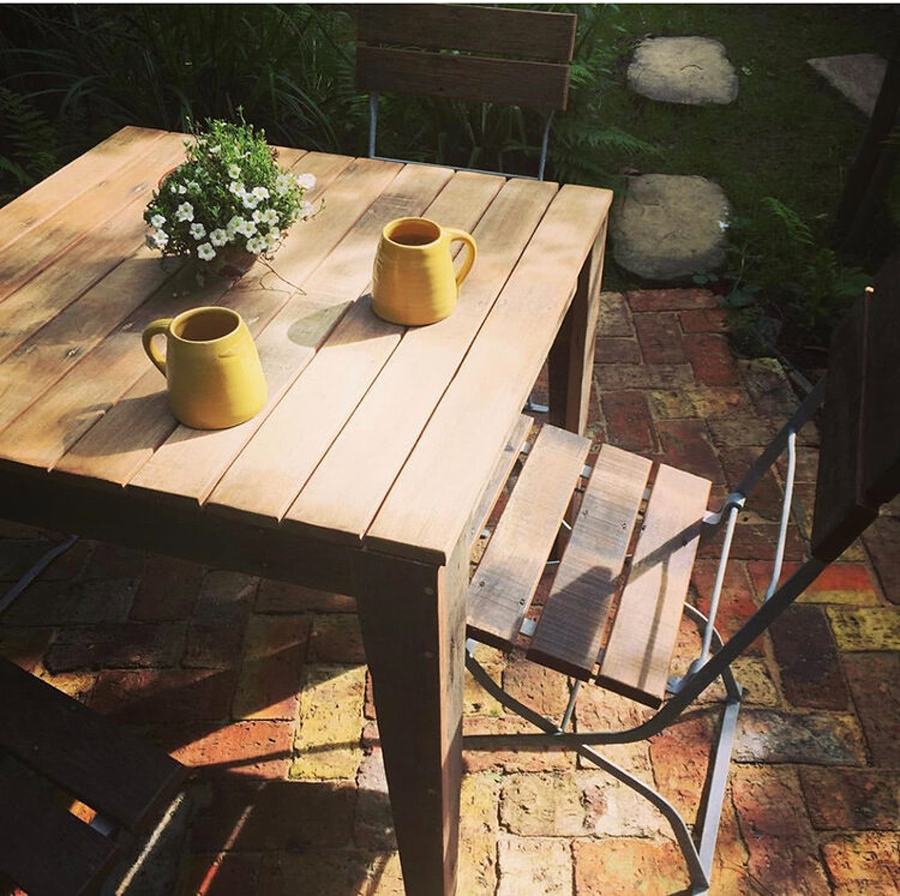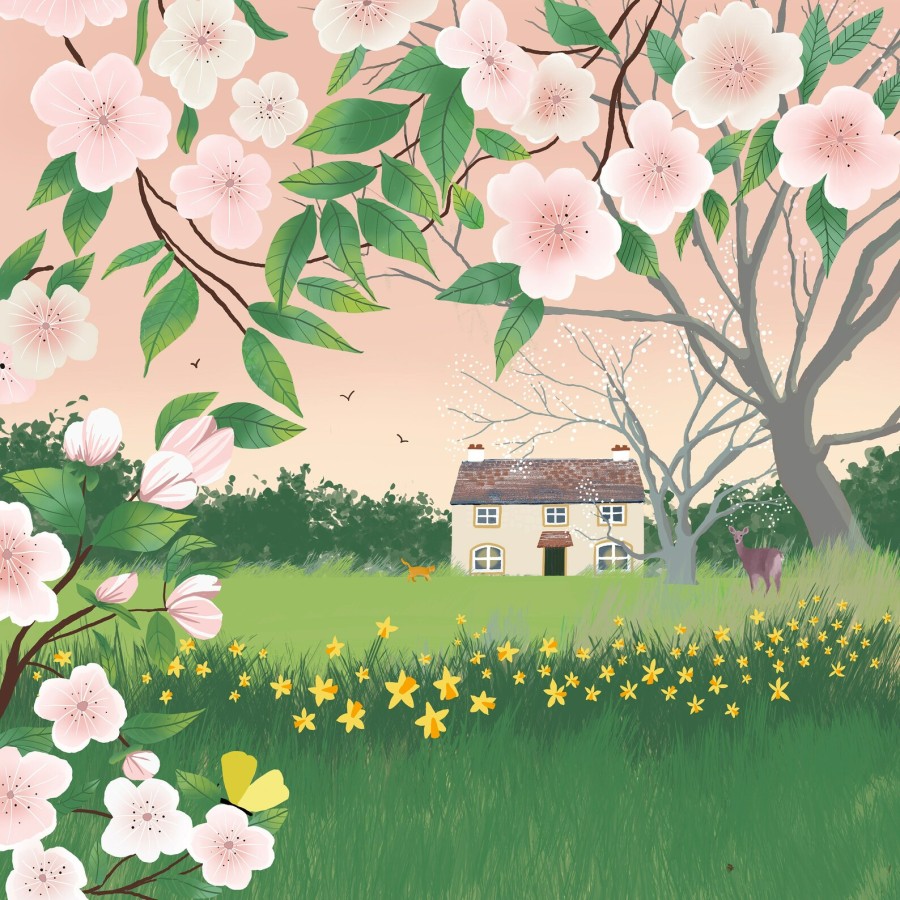
Community wood recyclers take unwanted wood, and use it to make furniture and gifts or turn scrap wood into kindling to sell at low cost to support other projects. This provides jobs, and saves trees!
For reclaimed wood plant pots, learn how to make gardens safe for pets (includes indoor plants to avoid). Avoid facing indoor foliage to gardens, to help stop birds flying into windows.
England has less forest than most European countries (only a petition by 38 Degrees during Cameron’s government stopped remaining forests being sold off – it later admitted a mass error of judgement).

Brighton and Hove Wood Recycling Project was founded by a man who found some old wood while building a playhouse for his daughter, and was shocked to find how much good wood was being incinerated. Even at landfill, wood rots and produces methane gas that contributes to climate change.
So he secured funding for a franchise model and now there are 28 similar projects nationwide, which collectively reuse over 20,000 tons of wood each year. People who have 12 cubic yards of wood can call up to arrange collection, which saves money over a skip (wood is packed by hand to save space).
Most people can’t afford £1000 for a handmade reclaimed wood bed. So it’s important to focus on local affordable alternatives to virgin (new) wood for most people. Affordable items at community wood recyclers include bookshelves, doors and flooring.
why building businesses should recycle wood
Years ago, England was covered in forests. But today we have just 13% coverage, and most new food is made for furniture or street furniture (like park benches). England (after China) is the second largest importer of wood for industry (not local and also emits greenhouse gases from transport).
Yet the UK generates around 4.5 tons of waste wood each year (mostly from the building industry which is easily reused). Environmental Protection Agency says this could offer us a billion feet of lumber each year. One company in Portland (USA) has staff who ‘deconstruct’ old houses and barns to rescue lumber, sold as planks to industry. You can do the same for decommissioned ships!
The other big source of reclaimed wood is pallets. These are often free or cheap to buy. Once nails are removed, they can made into new items (as long as they are not covered in toxic paint). Making anything from reclaimed wood uses around 13 times less energy than producing new.
why should we recycle & use used wood
Bamboo is often touted as the ‘fast-growing alternative to wood’ (trees take 30 to 40 years to harvest). But this still needs to be shipped from China (and local ‘fast-growing tree plantations’ usually use chemicals, don’t support native wildlife and don’t soak up rain to prevent floods.
The demand for new wood also increases demand for illegal wood (as opposed to FSC-certified wood which is running out, due to massive demand). And ‘conflict wood’ is sold to fund wars.
Yet of 16 million tons of wood waste created worldwide each year, only around 15% is recycled. The rest ends up at landfill where it even creates fire hazards as well as pollution (especially if painted). Yet recycled plain wood is durable (less moisture content than fresh wood) and cheaper. Anad even ‘old wood’ can provide cheap energy for older homes (for wood-burning stoves etc).
how to recycle unwanted wood
Most councils won’t collect wood for recycling nor accept it in recycling bins, because it needs special treatment. Councils that collect wood just turn it into chips to sell on. If you have ‘clean wood’ (not painted, stained and free from glue and preservatives), you can sell it to industry or have it collected by wood recycling organisations. Most accept pallets and low-grade wood, at no cost to you. Wood for recycling is usually graded as follows:
- Grade A is clean wood (including pallets)
- Grade B is from the building & demolition industry
- Grade C includes other usable wood
- Grade D (treated/painted wood, fence posts, decking etc).
Grades A & B wood is made into others items including wooden planks. Grade C wood is turned into fuel, and Grade D wood is hazardous waste, and can’t be recycled. This is why it’s good not to paint old wood, because you can never recycle it – it turns biodegradable wood into trash that languishes at landfills. Also don’t burn painted wood due to toxins.
If you want to stain wood, use LifeTime Wood Treatment (sold in the UK). This Canadian product is nontoxic and ensures you can safely recycle wood at end of use. In powder form, you mix with water, and store leftovers.
reclaimed wood furniture (from Hastings pier!)

Harbor Designs makes beautiful items from reclaimed wood from the former Hastings Piers (burned in an arson attack). Rescued planks are now made into new items, to stop them going to waste, and to preserve history.






